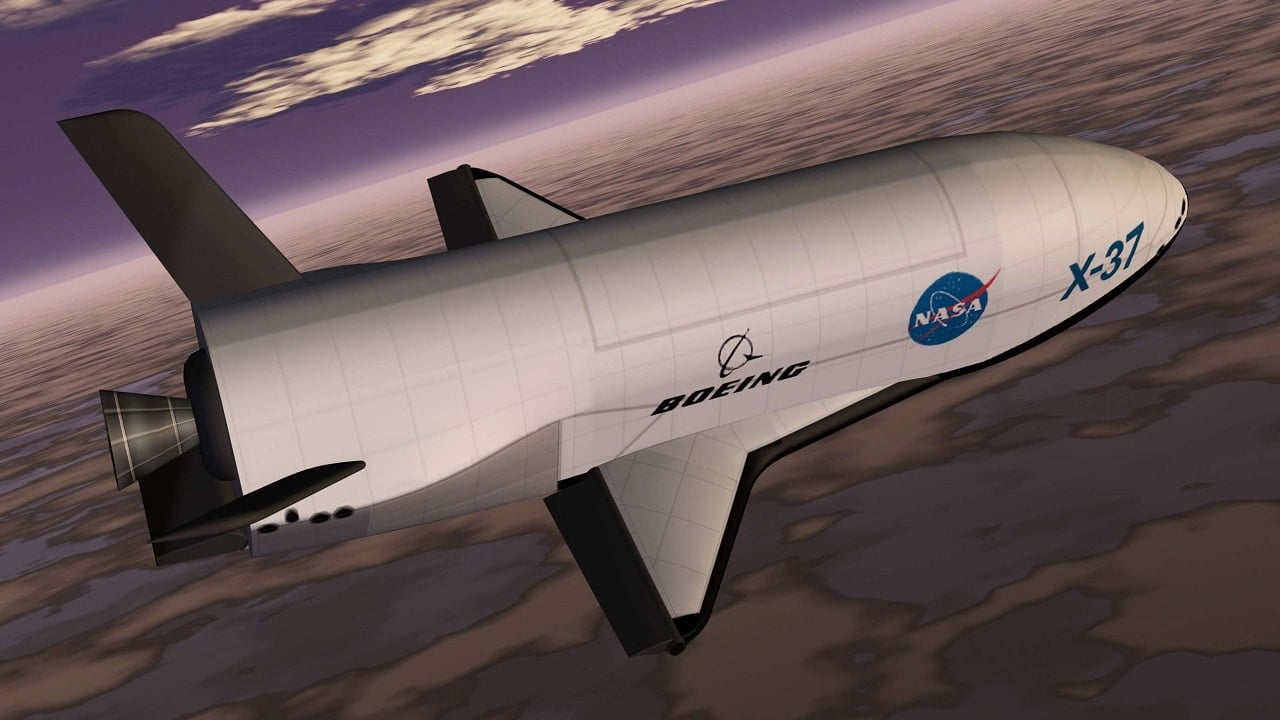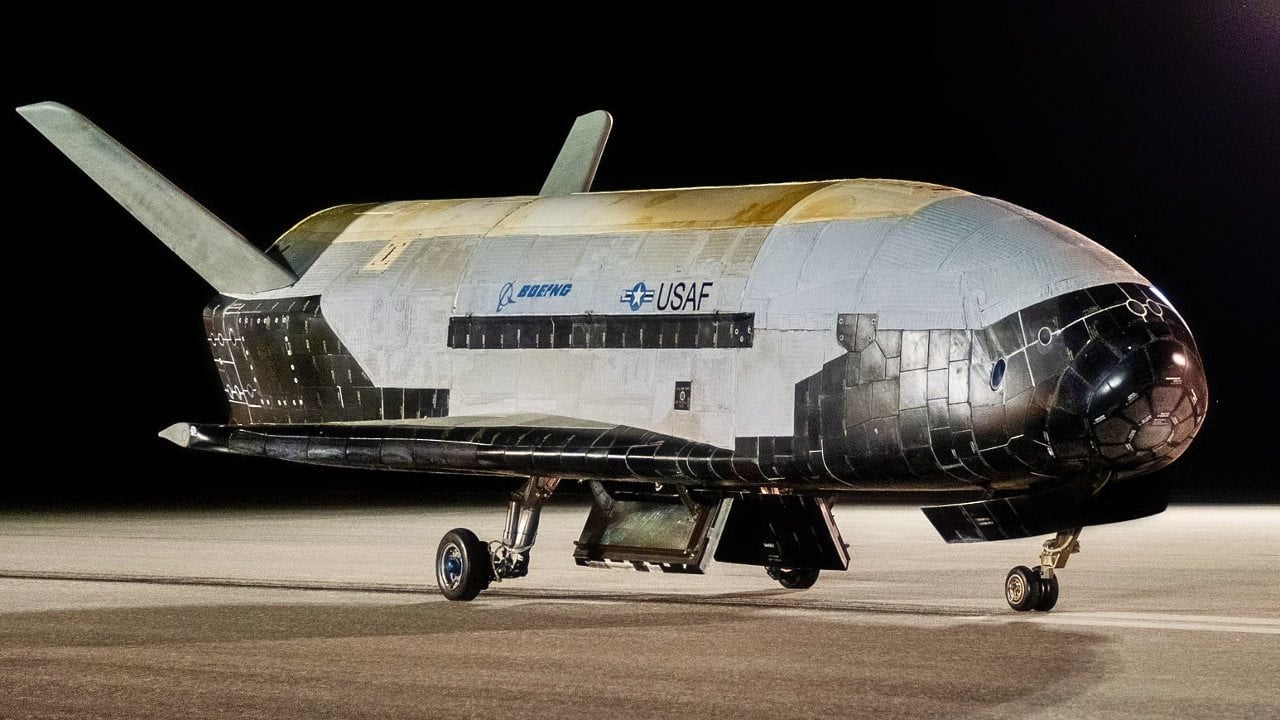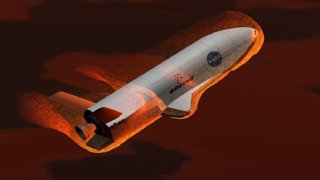X-37B Space Plane Uses Groundbreaking Aerobraking Maneuvers: Here's Why It Matters
The U.S. Space Force's X-37B Orbital Test Vehicle (OTV-7) is pioneering a new milestone with aerobraking maneuvers, using Earth's atmosphere to slow and change its orbit while conserving fuel.
What You Need to Know: The U.S. Space Force's X-37B Orbital Test Vehicle (OTV-7) is pioneering a new milestone with aerobraking maneuvers, using Earth's atmosphere to slow and change its orbit while conserving fuel.

-Launched in December 2023 aboard a SpaceX Falcon Heavy rocket, the unmanned spacecraft is on its seventh mission, conducting critical experiments in space domain awareness and radiation effects. This is the first time the X-37B has employed aerobraking, a fuel-efficient technique previously used in Mars and Venus missions.
-The maneuver underscores the Space Force’s commitment to innovative technologies in space, supporting future missions and mitigating space debris.
The United States Space Force is putting the brakes on its X-37B Orbital Test Vehicle (OTV-7). No, the sixth and newest branch of the U.S. military is grounding the reusable robotic space plane. Rather, OTV-7 will be employed in aerobraking maneuvers to change its orbit around Earth. According to the Space Force, the novel maneuver will allow the unmanned vehicle to "safely dispose of its service module components in accordance with recognized standards for space debris mitigation."
The X-37B was launched into orbit in late December 2023 and was carried into orbit on a SpaceX Falcon Heavy rocket. It is the seventh mission involving the Boeing-made spacecraft, and has been conducting "radiation effect experiments" and tests of the "Space Domain Awareness technologies in a Highly Elliptical Orbit," Space Force confirmed.
The seventh launch had been delayed multiple times due to weather and technical difficulties. It is unclear if it will break the record time in orbit – surpassing the previous X-37B mission that lasted 908 days in orbit, four months longer than any previous flight of the unmanned spacecraft.
X-37B: Give It a Brake
In addition to the ongoing tests, the X-37B will be employed in the aerobraking maneuver, which according to the space service involves "a series of passes using the drag of Earth's atmosphere- enables the spacecraft to change orbits while expending minimal fuel."

The maneuver has been employed in other space missions, notably the European Space Agency's (ESA's) ExoMars orbiter and Venus Express spacecraft. As the atmosphere slows the spacecraft, it requires less fuel, which can help extend the mission.
"Once the aerobrake maneuver is complete, the X-37B will resume its test and experimentation objectives until they are accomplished, at which time the vehicle will de-orbit and execute a safe return as it has during its six previous missions," the Space Force explained.
"This novel and efficient series of maneuvers demonstrates the Space Force's commitment to achieving groundbreaking innovation as it conducts national security missions in space," said Secretary of the Air Force Frank Kendall.
This marked the first time that X-37B had employed the dynamic aerobraking maneuver, but it follows the six successful missions, as well as past experience from U.S. Moon and Mars missions.
"This first of a kind maneuver from the X-37B is an incredibly important milestone for the United States Space Force as we seek to expand our aptitude and ability to perform in this challenging domain," added Chief of Space Operations Gen. Chance Saltzman. "The success is a testament to the dedication and perseverance of the team."
Even before the aerobraking, the OTV-7 marked another first for the X-37B. While the first five missions employed Atlas V rockets made by United Launch Alliance, a joint venture between Boeing and Lockheed Martin, the sixth mission flew on SpaceX’s Falcon 9 booster. Each trip was confined to below 1,200 miles in altitude. For the first time, the reusable, autonomous OTV was launched via a SpaceX Falcon Heavy rocket, which is reported to be one of the most powerful launch vehicles in existence.
The Falcon Heavy – which has three first-stage boosters that are also reusable – can reach 22,000 miles.
Author Experience and Expertise: Peter Suciu
Peter Suciu is a Michigan-based writer. He has contributed to more than four dozen magazines, newspapers, and websites with over 3,200 published pieces over a twenty-year career in journalism. He regularly writes about military hardware, firearms history, cybersecurity, politics, and international affairs. Peter is also a Contributing Writer for Forbes and Clearance Jobs. You can follow him on Twitter: @PeterSuciu. You can email the author: [email protected].
Image Credit: Creative Commons and/or Shutterstock.


